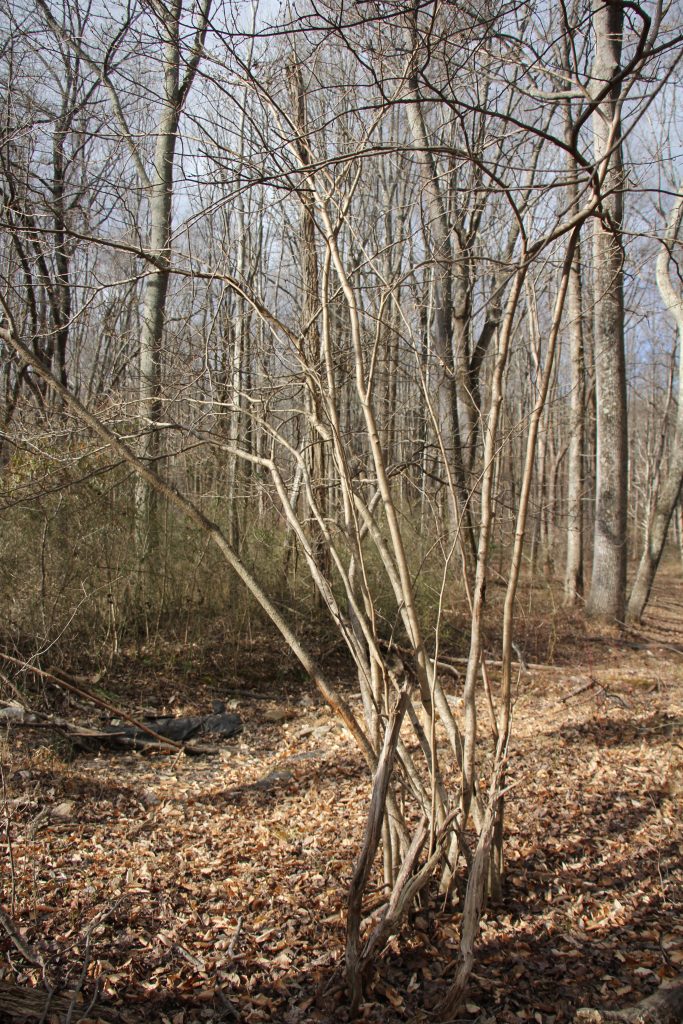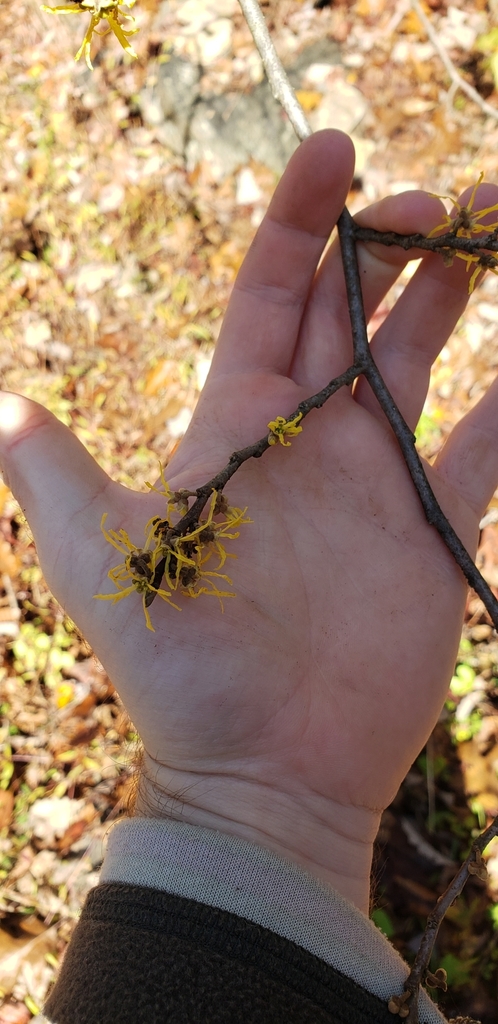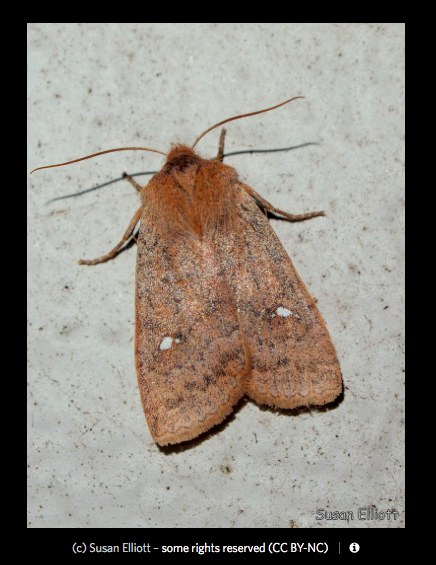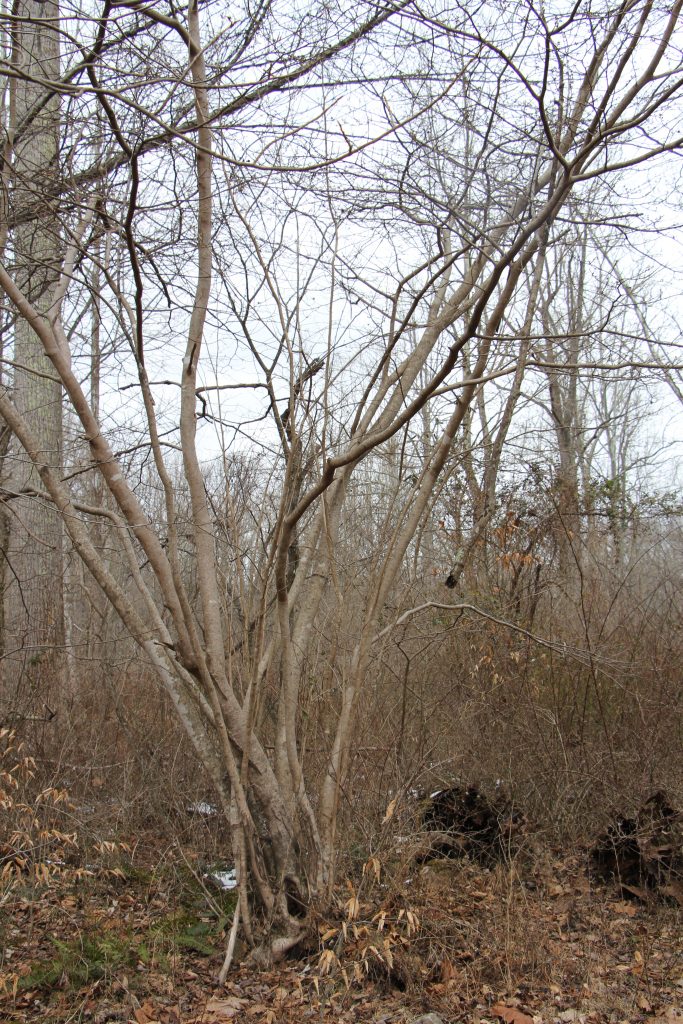
Another #sciencesaturday upon us, and a new winter spotlight species to learn about. Did you know that not all flowers come out during spring, because I did not! American witch hazel, (Hamamelis virginiana) actually blooms during the early winter. The long, thin yellow blossoms are distinctive, (and look a little like yellow spiders) as seen in this picture from iNaturalist project leader, Michael Carr. But how does a blossoming tree in the cold of winter manage to be pollinated?

As temperatures drop, we are not the only ones shivering in the cold. Owlet moths, a species of Eupsilia known as sallows, also shiver, warming their body up by as much as 50 degrees! These moths are the ones responsible for pollinating the small tree.

Folk legend also states its forked branches were used as a divining rod: where one end would dip when near underground water sources. While I have not had a chance to test this folk hypothesis, the tree does like to grow near creek banks and other damp areas. Even though the gorgeous flowers are long since past, it is a winter spotlight species that you should add to your list to be looking for while out hiking at the Preserve this weekend!


Are there other varieties of witch hazel at the preserve?
Hi Mary,
This species of common or American witch hazel is the one that is native to this area and the Preserve. Other types of witch hazel, such as Chinese, Japanese, White, Spiny, Ozark or the many other ones from around the world, have not been recorded or observed on site thus far.
Thanks for your question! -Becky
Leave a comment